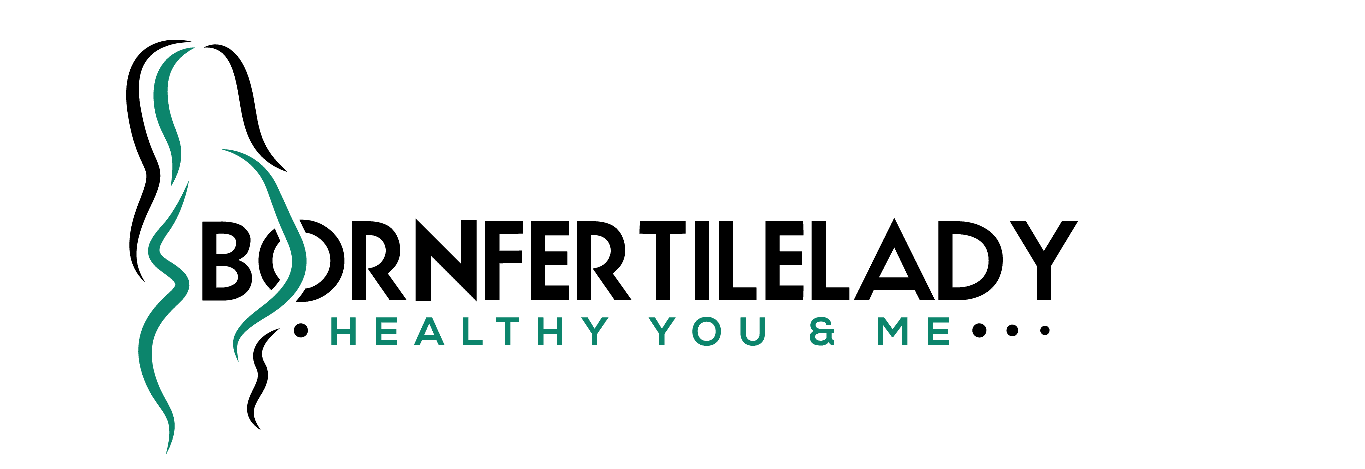Breast cysts are sacs filled with fluid that are present in the breasts. They are abnormal growths that occur in women especially few years before their menopause. Breast cysts are usually non-carcinogenic and they can sometimes feel painful.
They are small cysts whose cause might be due to hormonal changes or menstruation. However, it is essential that you know if your body develops cysts during certain times of the month so as to make diagnosis easy.
In this article, we will discuss what breast cysts entail, the causes of breast cysts, the treatment, and self-care tips.
Understanding Breast Cysts
To understand what breast cysts is about, you need to know what the breasts are made of.
Breasts are tissues that cover the pectoral region of the body, in other words, the chest. Underneath the tissues are glandular tissues that are responsible for milk production. There are also fatty tissues – part of the supporting tissues – that determine the size of the breasts and give them their shapes.
The glands in the breasts can accumulate fluids. The fluids that have accumulated in these glands are what you find in the small sacs that develop, called cysts.
Breast cysts might be small or large. When touched, they might feel soft like a balloon filled with water, or hard like a grape. Regardless of how soft or hard they may be, they are usually not cancerous, that is, they do not multiply and grow abnormally as cancer cells do.
The size of breast cysts also varies between microcysts and macrocysts.
Microcysts are breast cysts that are too small to be felt by touching the breasts. They are usually less than 1 inch in diameter and can only be seen during imaging tests such as ultrasound and mammography.
Macrocysts are big enough to be felt by touching the breasts. They are usually between 1 to 2 inches in diameter.
Causes of Breast Cysts
As we have established, breast cysts develop as a result of fluid that are present in the breast glands. How then did these fluids get there?
One of the possible causes of breasts cysts is hormonal changes. During a woman’s menstrual cycle, estrogen level is usually high when ovulation takes place. The increased level of estrogen usually causes water retention as it is one of the symptoms of ovulation. This explains the reason breast cysts are usually present during some time in the menstrual cycle and disappears as the menstrual cycle progresses.
The reason behind the cysts formation in the breast is still unknown. However, it is known that breasts cysts formation are associated with change in hormone levels.
Symptoms of Breast Cysts
Breast cysts does not come with any form of pronounced physical or emotional discomfort. It is possible that the presence of cysts be a source of worry to the carrier, this is not directly the symptom of breast cysts.
However, the common tell-tale sign that a lump in the breast is a cyst is the presence of fluid in the cyst. To ascertain that there’s fluid in the cysts present in the breast, you might have to feel the softness of the cyst.
In some cases, the cysts are not soft. Diagnosis through imaging tests becomes necessary.
Diagnosis of Breast Cysts
The most common way to tell if the lump in your breast are non-cancerous cysts is by feeling them. Most cysts are soft to touch and you can feel the presence of fluid in them. However, there are cases where the cysts might be felt by hand (microcysts) and have to be seen by ultrasound or mammography.
Your doctor will be able to see the cysts you couldn’t feel and if they are smooth around the edges, he or she can easily come to the conclusion that they are cysts and not cancerous growths.
Treatment of Breast Cysts
Breast cysts aren’t of major concern that they need to be treated. When they grow, they do so due to the water retention in the breasts, caused by the increased levels of estrogen. The cysts usually disappear after a drop in the levels of estrogen in the body.
However, if it is a source of worry to you, your doctor can extract the fluid in the sacs by using a syringe. The cysts naturally disappear once they lose their fluid.
You might feel some tenderness around the areas where the fluid (it could be clear or dark) has been extracted. A simple pain relief medication will help you with that.
Self-Care Tips to Deal with Breast Cysts
These tips are aimed at helping you reduce water retention in your body so as to help reduce the number of cysts that may develop when you ovulate.
-
Avoid alcohol
Alcohol has a tendency of making you retain more water in your system than is necessary. This leads to the availability of more water than your body needs and when hormonal changes meet that, it increases your chances of developing breast cysts.
-
Reduce your intake of sodium
Sodium-rich foods such as noodles and table salt cause you to retain water. Reduce the amount of these foods you consume, or better still, stop them when you approach your ovulation period.
-
Exercise
Get rid of the excess water you have in your body by sweating them out. One of such ways is to involve in exercises that help you sweat and get rid of excess body water.
Conclusion
Breast cysts are fluid-filled sacs that form in the breasts of women who are in their active menstruating years. It is more common in women who are approaching their menopausal age but can also occur in other women.
It usually happens when water retention caused by increased estrogen level is held in the glands of the breasts. These cysts usually disappear after some time but the fluids can be removed by using syringes.
Avoid consumption of sodium-rich foods when you approach ovulation and engage in exercises.

